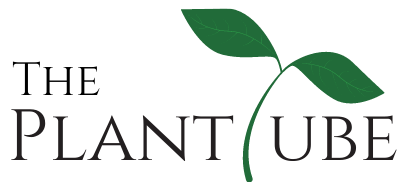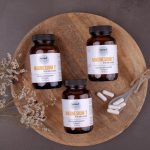
While tobacco is often linked to addiction and disease, it also has a lesser-known history of medicinal use. Long before modern medicine, indigenous cultures and early physicians recognized tobacco’s medicinal properties and used it in a variety of healing practices. In this post, we’ll explore tobacco medicinal uses, the historical context, and the potential risks involved.
Table of Contents
What Are the Medicinal Uses of Tobacco?
Despite its controversial reputation, tobacco has been traditionally used for:
- Wound healing
- Pain relief
- Respiratory treatment
- Insect bites and skin infections
- Antiseptic applications
These uses primarily stem from traditional and herbal medicine rather than modern clinical practice.
Historical Context of Tobacco in Medicine
Indigenous Healing Practices
Native American tribes used tobacco not only for ceremonial purposes but also for treating pain and inflammation. Tobacco leaves were often used in poultices and salves for wounds, insect bites, and skin ailments.
Early European Medicine
When tobacco was introduced to Europe in the 16th century, physicians prescribed it for a wide range of ailments, including toothaches, colds, and digestive problems. It was believed to be a powerful herbal remedy and was even used in enemas and compresses.
Common Medicinal Applications of Tobacco

Tobacco as a Natural Pain Reliever
Tobacco leaves have mild analgesic properties. Crushed leaves were sometimes applied directly to swollen joints or painful areas to reduce inflammation and discomfort.
Antiseptic Properties of Tobacco
Due to its alkaloid content, tobacco was used as a topical antiseptic to cleanse wounds and prevent infections.
Tobacco for Respiratory Relief
Inhalation of tobacco smoke or vapor was historically used to treat respiratory issues such as asthma and bronchitis. While this is no longer recommended, it was once a common practice in traditional medicine.
Scientific Compounds Behind Medicinal Effects
Nicotine’s Role

Nicotine, the main active compound in tobacco, is a central nervous system stimulant. While addictive, it also shows potential in neurological studies. Some research suggests nicotine may have benefits for Parkinson’s disease and Alzheimer’s, though these are still under investigation.
Other Active Compounds
Besides nicotine, tobacco contains beta-carbolines, alkaloids, and volatile oils that may contribute to its anti-inflammatory and antimicrobial effects.
Is Medicinal Use of Tobacco Safe?
While tobacco has historical medicinal uses, modern health professionals do not recommend using it for self-treatment. The risks of tobacco use—including cancer, addiction, and cardiovascular diseases—outweigh potential benefits when used improperly.
Short-Term vs Long-Term Effects
Short-term topical applications may offer relief, but long-term tobacco use is harmful, especially when smoked or chewed.
Expert Opinions
According to the World Health Organization (WHO), tobacco is one of the leading causes of preventable death globally. While certain components of tobacco are being studied in controlled environments, self-medicating with tobacco is not safe.
Are There Safer Alternatives?

Instead of tobacco, consider using herbs with similar medicinal benefits:
- Turmeric – anti-inflammatory
- Ginger – pain relief
- Aloe vera – wound healing
- Eucalyptus – respiratory health
These natural remedies offer therapeutic effects without the high health risks associated with tobacco.
Final Thoughts on Tobacco Medicinal Uses
Tobacco has a long-standing history as a medicinal plant in both indigenous and early European traditions. From pain relief to wound healing, its uses were diverse. However, modern science urges caution. The dangers of habitual tobacco use far outweigh its medicinal benefits, especially when consumed through smoking or chewing.
Call to Action
If you’re interested in natural healing, opt for safe, evidence-based herbal remedies. Learn more about trusted medicinal herbs and how to use them safely on The Planttube Blog.
For credible information about tobacco’s risks and research-based findings, visit CDC Tobacco Information or National Institutes of Health.
Disclaimer
This article is for educational purposes only and does not substitute medical advice. Always consult a healthcare professional before using any herbal or tobacco-based treatments.








